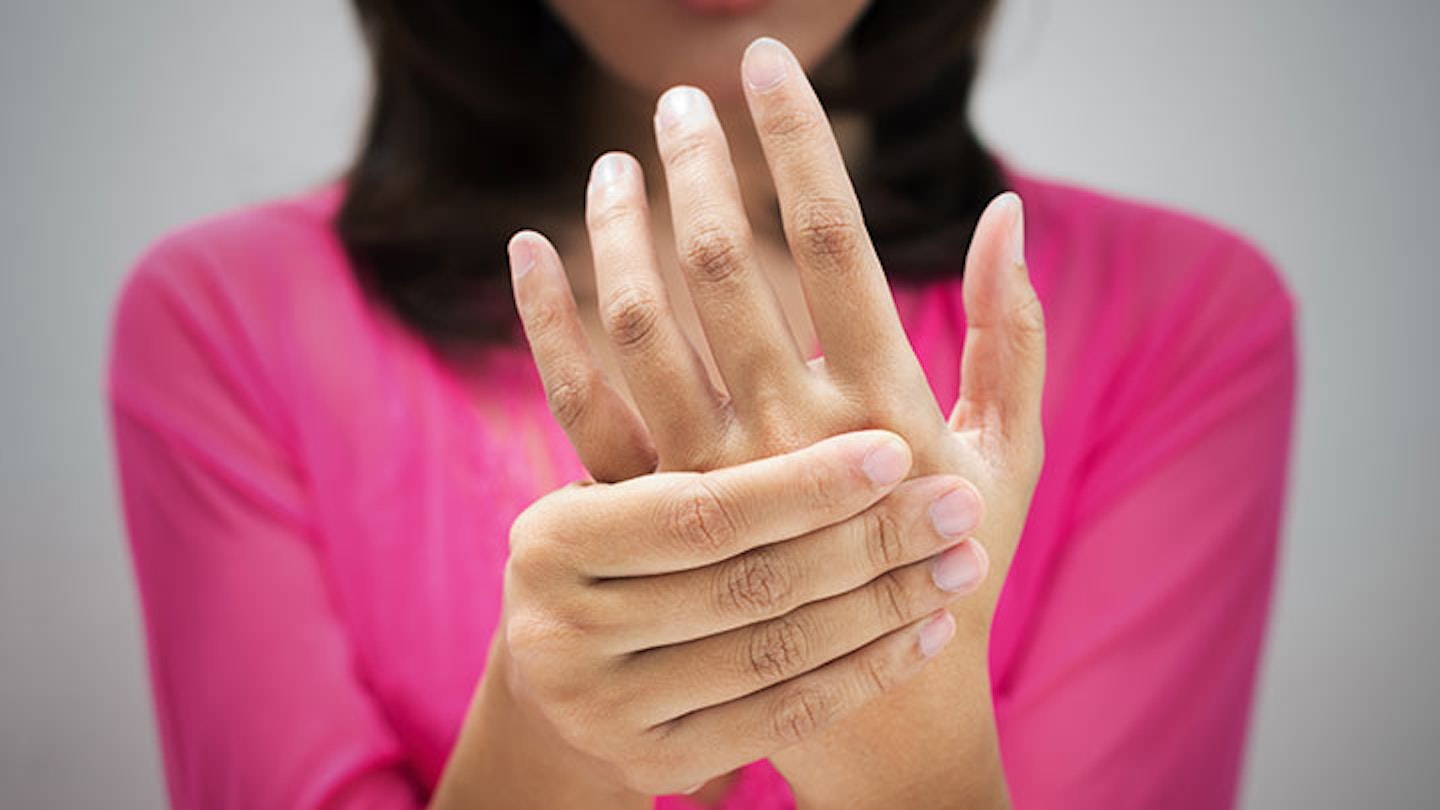It's a condition that affects approximately 10 million people – more than hay fever and arthritis – yet over 75 per cent of us have never heard about Raynaud's and as few as 4 per cent of us would know how to spot the signs of it.
Tingling, numb or painful fingers and toes are generally the main signs of this common condition that affects the blood supply in the body's extremities.
Simple pleasures like a cooling dip in the sea, a tasty ice cream or an air conditioned office can trigger a painful attack for the one in six people in the UK living with the little known condition.

When left untreated, Raynaud's can, in certain people, develop into a more serious connective tissue disease, called scleroderma, which can be debilitating and in extreme cases, life-threatening.
That's why Scleroderma and Raynaud’s UK (SRUK) are campaigning to help people spot the signs of these conditions, and encourage them to seek advice and support.
Spot the signs of Raynaud's
Many of the symptoms of Raynaud’s are relatively common, and often not a sign of anything more serious, which is why many people with the condition go undiagnosed for so long.
However, if you or someone you know experience one or more of the following symptoms regularly it’s advisable to visit your GP. Symptoms of Raynaud’s can last from a few minutes to several hours:
Cold fingers and toes – Raynaud's mainly affects these extremities but can also target your ears, nose, lips and nipples
Your skin changes colour when it gets cold or you're stressed
The affected area of your skin changes colour to white, then blue, then red
Numbness, tingling or pain in your fingers and toes
Stinging or throbbing pain when you get warm or your stress is relieved
.jpeg?auto=format&w=1440&q=80)
This sensitivity to temperature means even simple things like going into a shop with air conditioning on, holding a cold drink or the temperature change of getting out of bed can trigger an attack.
Diagnosis of Raynaud’s is straightforward and effective treatments are available in many cases to help manage the condition so it's best to get checked out and get help if you need it as soon as you can.
What's Scleroderma?
While only a few cases of Raynaud's turn into scleroderma, it is worth knowing the signs. The symptoms are often more severe, meaning it’s important to get a diagnosis and discuss treatment with your GP as early as possible.
Sore swollen fingers
Hardening or tightening of your skin in patches
Symptoms of Raynaud’s (see above)
Reflux or Heartburn
More information about the symptoms and treatments available for Raynaud’s and Scleroderma can be found at www.sruk.co.uk along with advice and support for living with the conditions.
For more health advice, pick up the latest copy of Yours magazine
